The Sustainable Development Goals or SDGs represent an ambitious agenda established by the United Nations (UN) in 2015 focusing on the world’s biggest challenges. The goals encompass a wide range of issues, like inequality, climate change, poverty, peace and justice, etc. The SDGs are extremely important as a guide and framework for global efforts towards sustainable development and a better future. A key aspect of the SDGs is that they are not just vague targets, but are treated as actionable commitments by governments, individuals and organisations around the world.
The SDGs were framed after the conclusion of their predecessor, the Millenium Development Goals (MDGs). Those were established in the year 2000 and were aimed to be achieved by the year 2015. One aspect that sets apart SDGs from MDGs is that the latter primarily focused on poverty alleviation while the former addressed a broader spectrum of interconnected issues. There are a total of 17 SDGs and their 169 associated targets that were adopted by the United Nations in September 2015.
What the Current Targets We Want to Achieve
The SDGs, adopted in 2015, aim to achieve the targets by the year 2030. The goals are designed to be universal and inclusive, ensuring that all the countries are taken into account. Countries that need support to achieve these goals are provided financial assistance, international cooperation, capacity building and technical support. Organisations such as the United Nations Development Programme (UNDP) and the World Bank play crucial roles in providing the necessary resources and expertise to help countries implement the SDGs.
Since these goals are framed by the UN and unanimously accepted by all the nations, they influence policy decisions and act as guiding principles for various initiatives by governments, NGOs and private entities around the world. For example, governments keep in mind the SDGs while framing their national development plans, NGOs leverage the goals to create their strategies and private companies contribute to achieving the goals through CSR initiatives.
India and the SDGs
India has been committed to the SDGs since its inception and the Indian government has demonstrated this by launching various initiatives and programs aimed at addressing the key challenges. The NITI Ayog, Indian government’s policy think tank, is responsible for the implementation and monitoring of initiatives related to achieving SDGs. In addition, private companies are also focusing heavily on aligned areas as covered under SDGs while committing to CSR initiatives and the NGOs are also dedicating themselves to achieving these goals.
For example, Smile Foundation’s projects are aligned with the SDGs, focusing on areas like healthcare, education, gender equality, etc. The organisation’s initiatives have positively impacted the lives of over 15 lakh children and their families, demonstrating the significant role that nonprofits can play in achieving the SDGs.
SDGs and Education in India
The Sustainable Development Goal 4 aims to ensure inclusive and equitable quality education and promote lifelong learning opportunities for all. India, committed to this goal, has made significant progress in the field of education through various initiatives. One of the most recent of these initiatives is the launch of One Nation One Subscription scheme to ensure equal and easy access to academic journals to researchers across the country with the help of a centralised national database.
Additionally, the New Education Policy (NEP) introduced by the Indian government also aims to make education more accessible to every child in India. Initiatives like Right to Education (RTE) and Sarva Shiksha Abhiyan, which were launched by previous governments are also being implemented with the same commitment as the country focuses on enhancing education starting from the initial years to professional studies.
According to the Ministry of Education, the gross enrolment ratio in primary education has reached an impressive 99.2%. Furthermore, initiatives such as the Mid-Day Meal Scheme have contributed to increased school attendance and improved nutritional status among children.
SDGs and Healthcare in India
The Sustainable Development Goal 3 focuses on ensuring healthy lives and promoting well-being for all. Under this goal, it is essential for countries to ensure quality healthcare to every citizen. In India, the government has taken various initiatives to achieve this. For example, the Ayushman Bharat Scheme which was launched in 2018 aims to provide free health coverage to millions of people, particularly those who come from an economically disadvantaged background. This scheme was further extended and free health insurance up to Rs 5 lakh was announced for every citizen of India above the age of 70 years.
Apart from this, the Indian government has also been working hard to develop the medical infrastructure to support the healthcare needs of its growing population. The country has established various new AIIMS and state governments like the Delhi Government have also been working hard in this area through establishment of Mohalla Clinics that have received appreciation from around the world.
In addition to the government initiatives, organisations like Smile Foundation are also carrying out several initiatives like the ‘Health Cannot Wait’ initiative which provides accessible healthcare services to underserved communities through mobile medical vans, telemedicine centres and awareness programmes.
SDGs and Gender Equality in India
The Sustainable Development Goal 5 aims to achieve gender equality and empower all women and girls. India as a country has often faced criticism for the discrimination against women even when gender equality is enshrined in the Indian constitution as part of the freedom of equality. Over the years, India has seen various initiatives to bridge this gap. For example, most of the educational institutes in India have special reservations for women candidates. Initiatives like Beti Bachao Beti Padhao also aim to spread more awareness to support girl children and improve the child sex ratio.
At the same time, gender equality is being promoted by private organisations, brands, media, etc., through campaigns and initiatives. NGOs are also working on the grassroots to address the challenges that arise from there. Smile Foundations ‘She Can Fly’ initiative is one such example focusing on empowerment of girl children through healthcare, nutrition and education.
Future Steps for India
With the end of this year, we have another five years left for achievement of the SDGs. While India has made great progress, it can still accelerate the change by taking more proactive measures. Here are some of the things India can focus on:
- Quality of education: The country can continue to invest in technology and infrastructure to improve education delivery across institutions.
- Expanding healthcare access: There is still a need to ensure that healthcare facilities are available in remote regions of the country. India can leverage technology to achieve that.
- Addressing gender disparities: While India has a woman president, the political representation of women is still low. This is one of the many examples which shows that the country needs to do a lot more to remove barriers for women so that they can have equal opportunities as men.
- Strengthening partnerships: NGOs and private enterprises play a crucial role in achieving SDGs through their work on the grassroots. The Indian government should work along with these stakeholders and create partnerships that can reap benefits.
India has made an impressive progress in achieving the SDGs, especially in the areas of education, gender equality and healthcare. Through concerted efforts, the country is moving closer to a more sustainable and equitable future. However, continued investments, innovative solutions and collaborative partnerships are essential to address remaining challenges and achieve the SDGs by 2030. By focusing on improving the quality of education, expanding healthcare access, promoting gender equality and strengthening partnerships, India can become a leading player in global development and innovation, ensuring a better future for all its citizens.

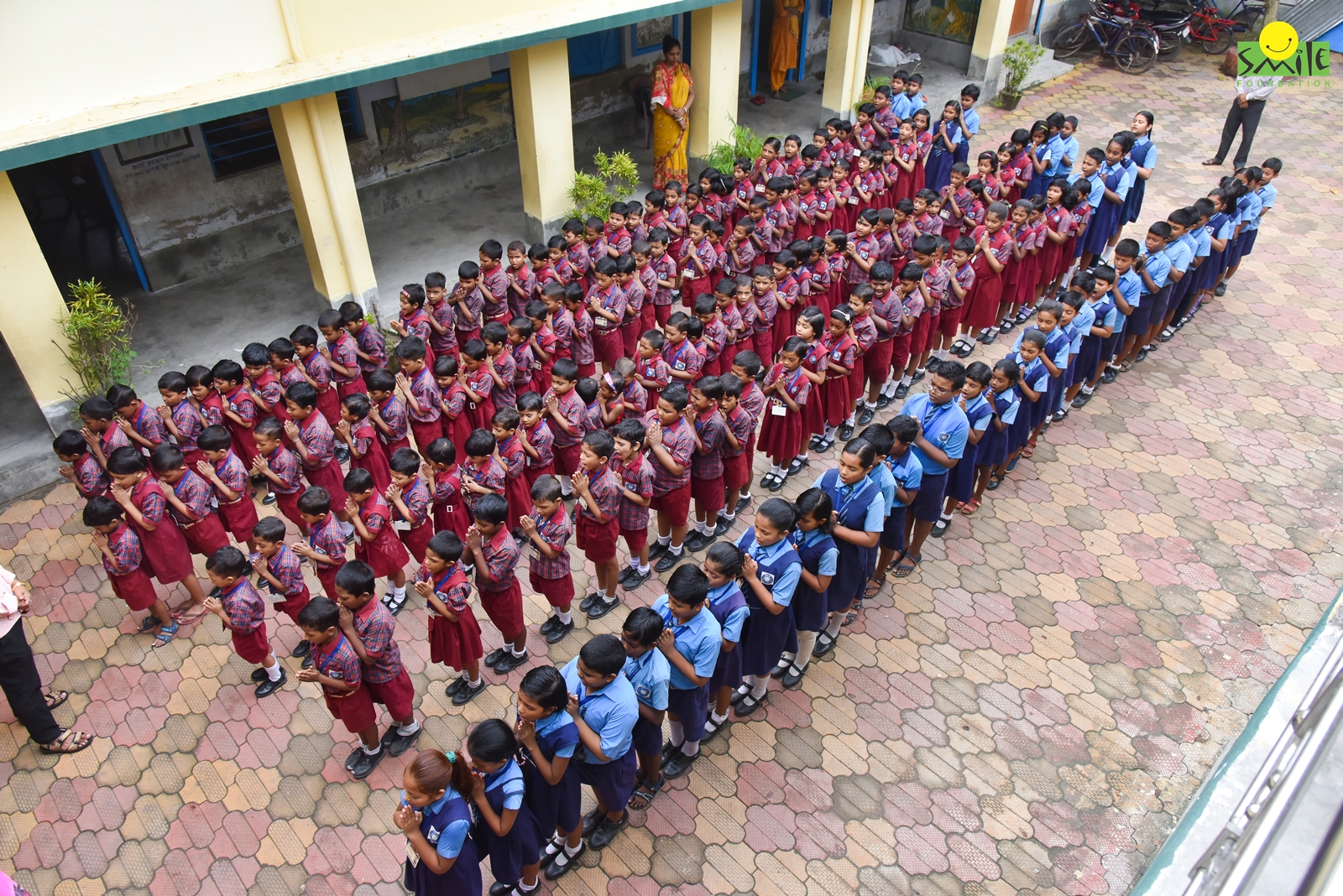




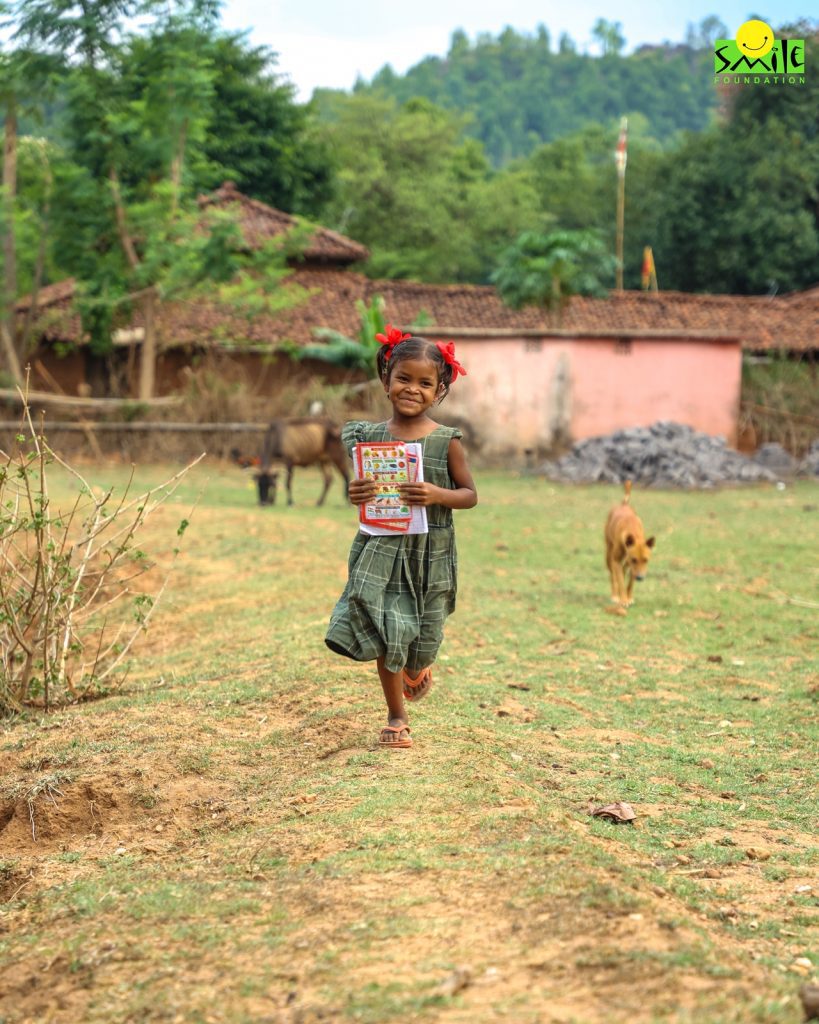

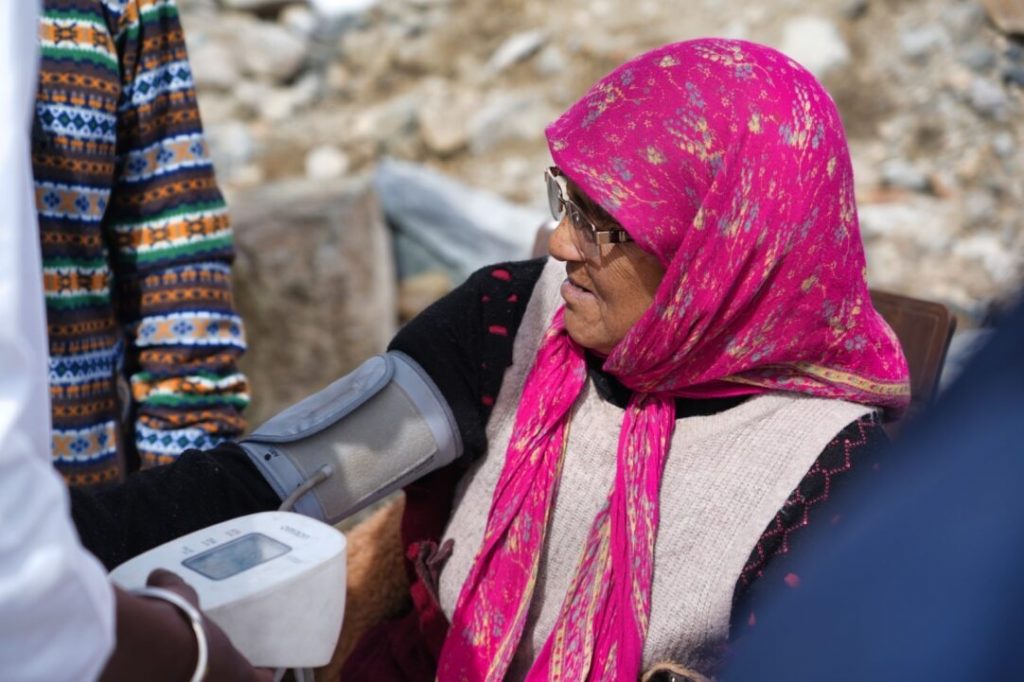
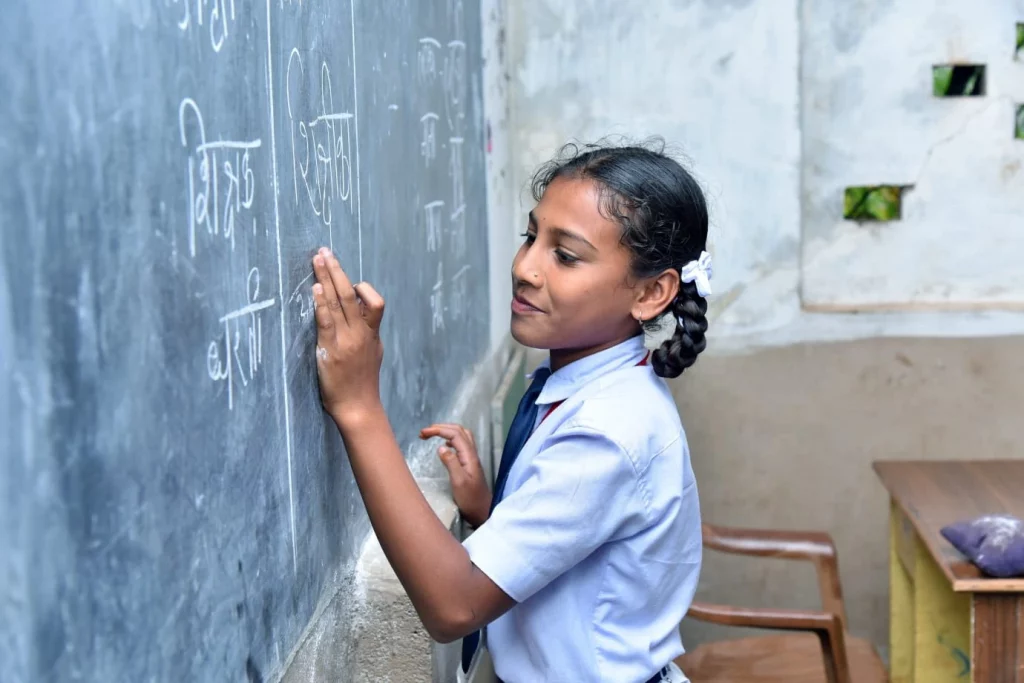
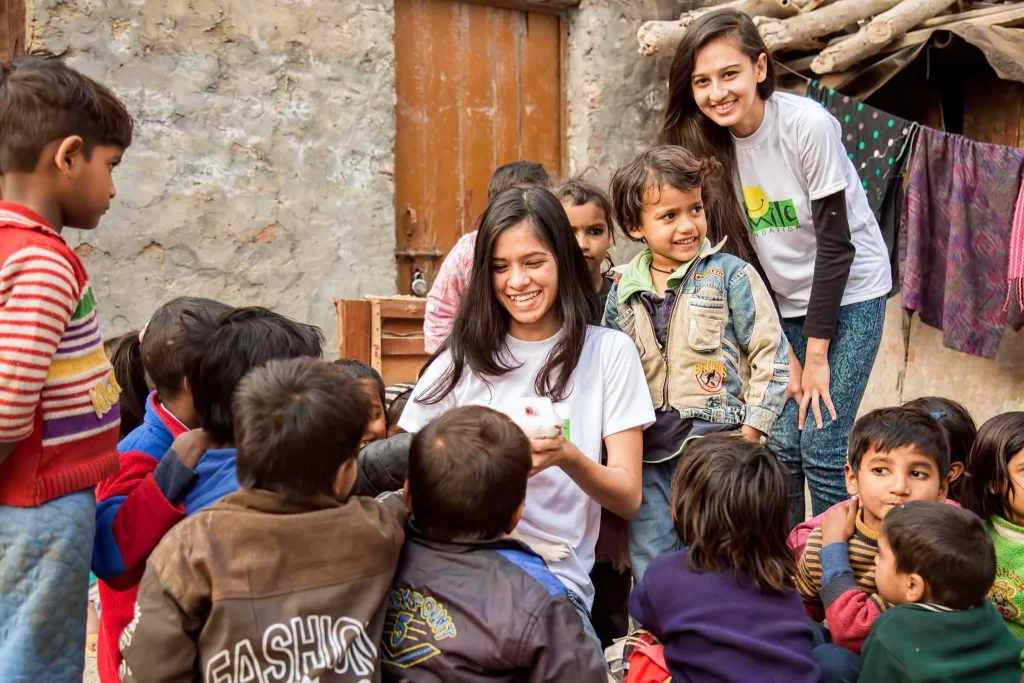
One reply on “Progress Made in SDGs”
This seems to me a comprehensive coverage of the UN’s SDGs, tracing it’s origin from the Millenium Development Goals.